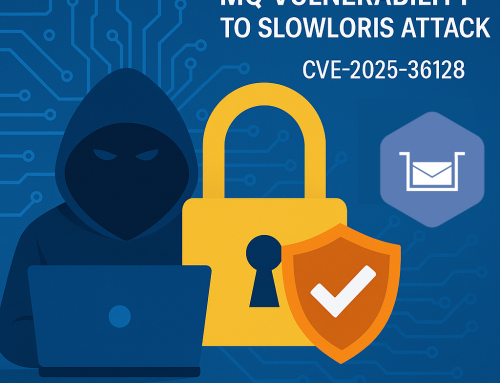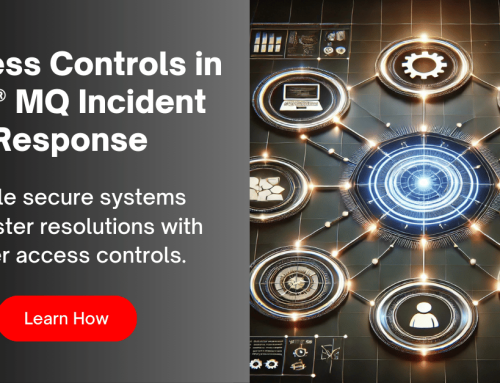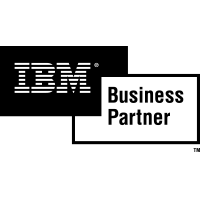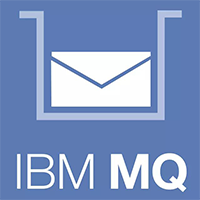The Importance of Access Controls in Middleware Incident Response
Middleware is the backbone of modern enterprise systems, connecting applications and enabling seamless data exchange. But as critical as middleware is, it’s also an area of vulnerability. Monitoring tools play a vital role in identifying issues within middleware environments, but their true value is realized only when paired with secure, collaborative incident resolution capabilities.
Effective incident resolution requires a team effort, with multiple roles collaborating quickly to address and resolve issues. Without role-based access control (RBAC) in place, collaboration becomes chaotic and may expose sensitive data to unauthorized users, further complicating resolution efforts. This article explores why access controls in middleware incident response are essential and how they empower secure, collaborative resolution of issues.
Why Collaboration Is Key in Middleware Incident Response

Middleware issues are rarely isolated to a single component or team. For example:
Imagine a financial services company that processes high-volume transactions through a middleware messaging system. Suddenly, transaction processing slows to a crawl, causing delays that risk violating SLAs and upsetting customers. Resolving this issue would require input and coordination from multiple teams:
- Application Team:
The application team might initially notice the slowdown when their transaction processing system begins timing out. They investigate their logs and discover that the system is failing to write confirmation messages back to the middleware queue. This could indicate a problem with the application’s logic, such as insufficient retry mechanisms, or an issue with how the middleware queue is handling messages - Middleware Team:
The middleware team is called in to examine the message queues. They discover that queue depths are unusually high, indicating a backlog of unprocessed messages. Their initial analysis reveals that a key downstream service responsible for transaction confirmations is not consuming messages as expected. They also notice that one of the middleware cluster nodes has higher CPU usage than the others, possibly pointing to a configuration imbalance. - Database Team:
The middleware backlog prompts the database team to investigate whether database performance is contributing to the issue. They identify that a transaction confirmation table is experiencing lock contention due to a recent change in indexing strategy. This contention is slowing down the downstream service’s ability to process and acknowledge messages, cascading back into the middleware queue. - Security Team:
As the teams work to resolve the issue, the security team is brought in to rule out malicious activity. They review access logs and confirm that no unauthorized changes or access have occurred. However, they discover a misconfigured firewall rule that could potentially cause additional delays if left unresolved, highlighting a proactive fix that avoids future problems. - Network Team
Lastly, the network team is asked to check connectivity between the middleware and downstream services. They identify intermittent latency caused by a congested switch, which they reconfigure to prioritize middleware traffic.
Resolving incidents in such scenarios demands collaboration among diverse roles—each bringing specialized expertise. However, effective collaboration requires secure, well-defined access controls in middleware to ensure that team members have the right level of access to perform their roles without overstepping boundaries.
The Role of RBAC in Collaborative Issue Resolution
Role-based access control (RBAC) ensures that each user has access only to the systems and data they need to fulfill their responsibilities. This not only enhances security but also creates an environment conducive to efficient teamwork.
Help Net Security highlights the need for incident management solutions to include scalable permission management. They emphasize features like group permissions, private incident handling, and integration with Single Sign-On (SSO) systems to ensure secure collaboration. By controlling who can access specific incident data, RBAC reduces errors, streamlines resolution, and ensures compliance with regulatory requirements.
Splunk further elaborates that RBAC simplifies access management while supporting effective collaboration. It enables teams to define roles and grant permissions tailored to incident needs, making it easier to address complex middleware issues quickly.
Access Controls in Middleware: Bridging Security and Collaboration
Here’s how secure access controls support collaborative middleware incident response:
- Facilitating Cross-Team Collaboration: Teams from different domains (e.g., middleware, applications, security) can all work on the same incident while remaining within their authorized scopes. Collaborative problem-solving in IT has been shown to enhance efficiency and reduce costs.
- Enhancing Security: Access controls ensure that only authorized personnel can view or modify sensitive data, minimizing risks during collaboration and ensuring compliance.
- Streamlining Response Times: With the right permissions, team members can act quickly and efficiently without delays caused by access roadblocks. It also ensures that when an alert does fire, leadership isn’t scrambling around trying to assign the proper access credentials like a like a fire department rushing to install door locks and hand out keys to the firefighters as the building is already engulfed in flames.
- Ensuring Accountability: Utilizing RBAC in monitoring and management systems allows Auditing capabilities so organizations can track who accessed what, fostering trust and transparency.
Real-World Example: Alight’s Success with Infrared360
Alight, a global enterprise, faced the challenge of managing their messaging system securely while empowering various teams to collaborate on middleware issues. They implemented Avada Software’s Infrared360 with its Trusted Spaces™ native RBAC , which provides secure, self-service capabilities.
This approach enabled Alight to:
- Grant precise access to the right individuals or teams.
- Foster seamless collaboration across departments.
- Reduce resolution times while maintaining strict security.
Conclusion
Middleware issues require quick, collaborative action from diverse teams. Monitoring tools provide the visibility needed to detect incidents, but without secure role based access controls in middleware, collaboration can falter, prolonging resolution times and increasing risks.
By implementing solutions such as Infrared360 with its Trusted Spaces™ native RABC, organizations can empower teams to work together securely and efficiently.
Ready to see how secure, collaborative middleware management can transform your enterprise? Read how Alight leveraged Infrared360 Trusted Spaces™ for success. Take control of your incident response today!
More Infrared360® Resources

























